Blog
The SCCER-SoE launched its new blog in order to regularly provide exclusive insights and opinions on current developments in the field of geo-energy and hydropower in Switzerland.
Feel free to recommend our blog to interested people and share the current post on Facebook, Twitter & Co.
#31 Site selection for geological storage of CO2 in Switzerland
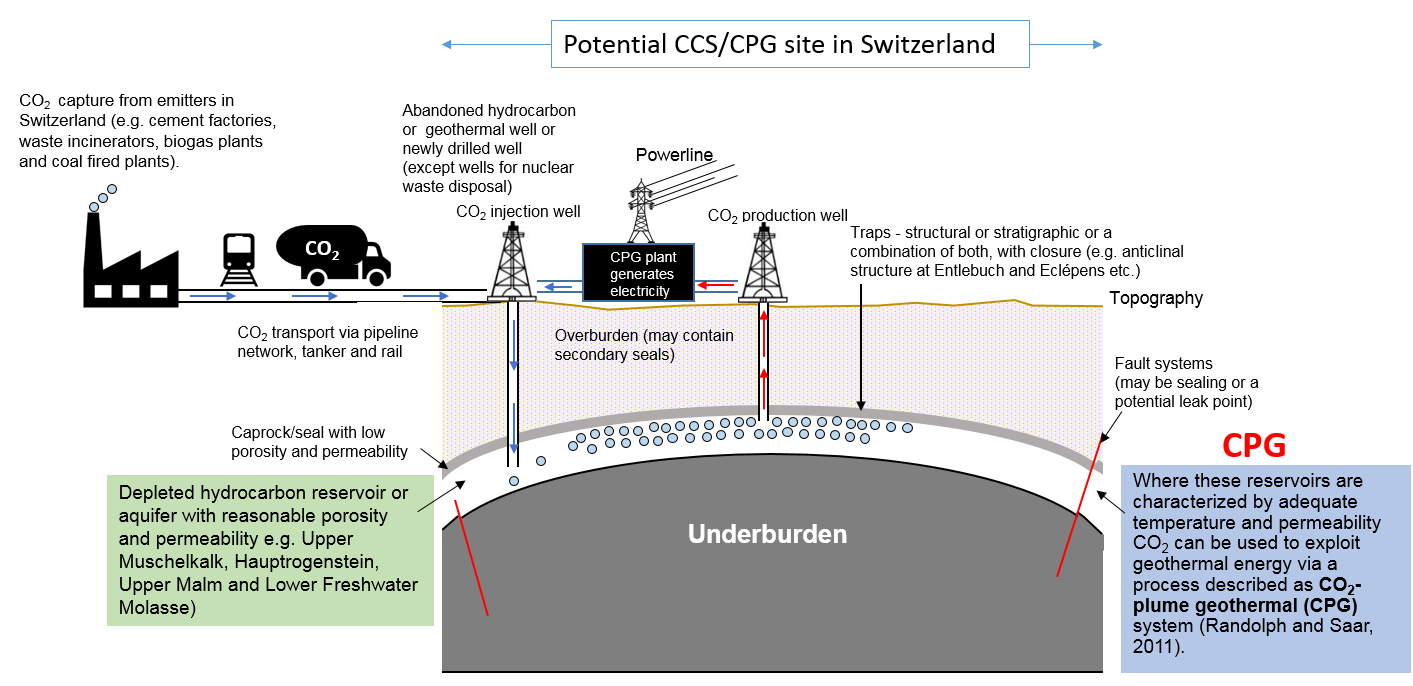
January 2021 - by Dr. Ovie Emmanuel Eruteya, Prof. Dr. Andrea Moscariello
Geological sequestration of carbon dioxide (CO2) is believed to be an effective measure to combat the anthropologically induced climate change and increase in atmospheric temperature. How can Switzerland play a role in this long-term effort? What is the real potential of the Swiss subsurface to permanently store CO2 or employ this gas in electricity production? The Geo-Energy, Reservoir Geology & Basin Analysis Group from the University of Geneva is working on this topic within the SCCER-SoE in the context of the ELEGANCY project funded by the European Commission.
#30 The prediction of hydrocarbons occurrence in the Swiss Plateau reduces the risks for Geothermal exploration
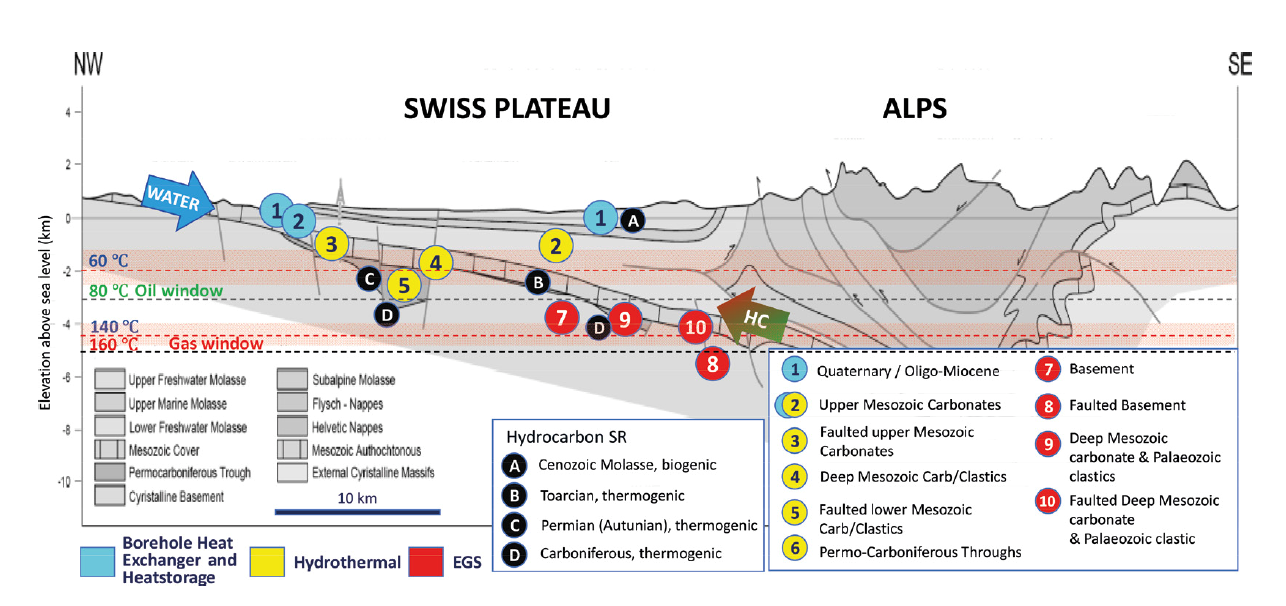
January 2021 - by Silvia Omodeo Salé, Prof. Dr. Andrea Moscariello
One of the challenges that deep geothermal exploration faces is the occurrence of accumulations of hydrocarbons (such as natural gas or raw oil) in the subsurface. Is this a concern for Switzerland? Are there accumulations of hydrocarbons that might encumber the development of Swiss geothermal energy? Could these two geo-resources share the same reservoirs and/or flowpaths and how might the development of geothermal energy resources be influenced and affected by it? The UNCONGEO project seeks to answer all those questions.
#29 Promising findings on the potentials of CO2 sequestration
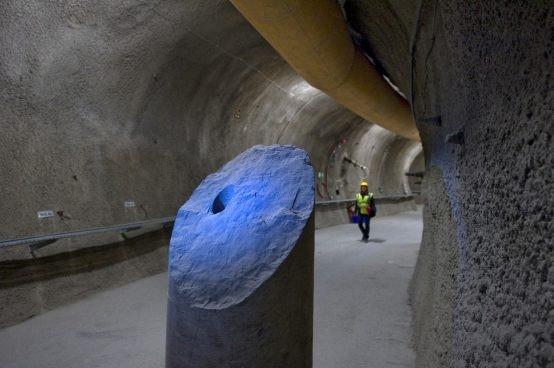
January 2021 - by Dr. Alba Zappone, Dr. Melchior Grab, Dr. Antonio Rinaldi, Dr. Quinn Wenning, Dr. Anne Obermann, Dr. Claudio Madonna, Dr. Clément Roques, Ch. Nussbaum, Prof. Dr. Stefan Wiemer, A. Minardi und Prof. Dr. Lyesse Laloui
Successful geological sequestration of carbon dioxide (CO2) relies on the sealing capability of low permeability rocks (caprock) overlying permeable rocks (reservoir) where CO2 is stored. Several projects within the Work Package 1 of the SCCER-SoE successfully studied the trapping efficiency of a potential caprock during CO2 injection. Scientists from the Lab of Soil Mechanics at EPFL and from the Rock Physics and Mechanics Lab at ETHZ developed a systematic lab-scale testing procedure to assess the sealing capacity of shale caprock to CO2 injection. The experiments are carried out in the framework of a large European project (ELEGANCY), involving also large scale injection tests in the Mont Terri Underground Research Laboratory. To tackle the potential of induced micro-seismicity related to CO2 sequestration, scientists from EPFL, ETHZ and Swiss Seismological Service (SED), developed numerical models to evaluate the geo-mechanical response of the caprock to prolonged injection of CO2 enriched fluids.
#28 A digital clone monitors penstock ageing
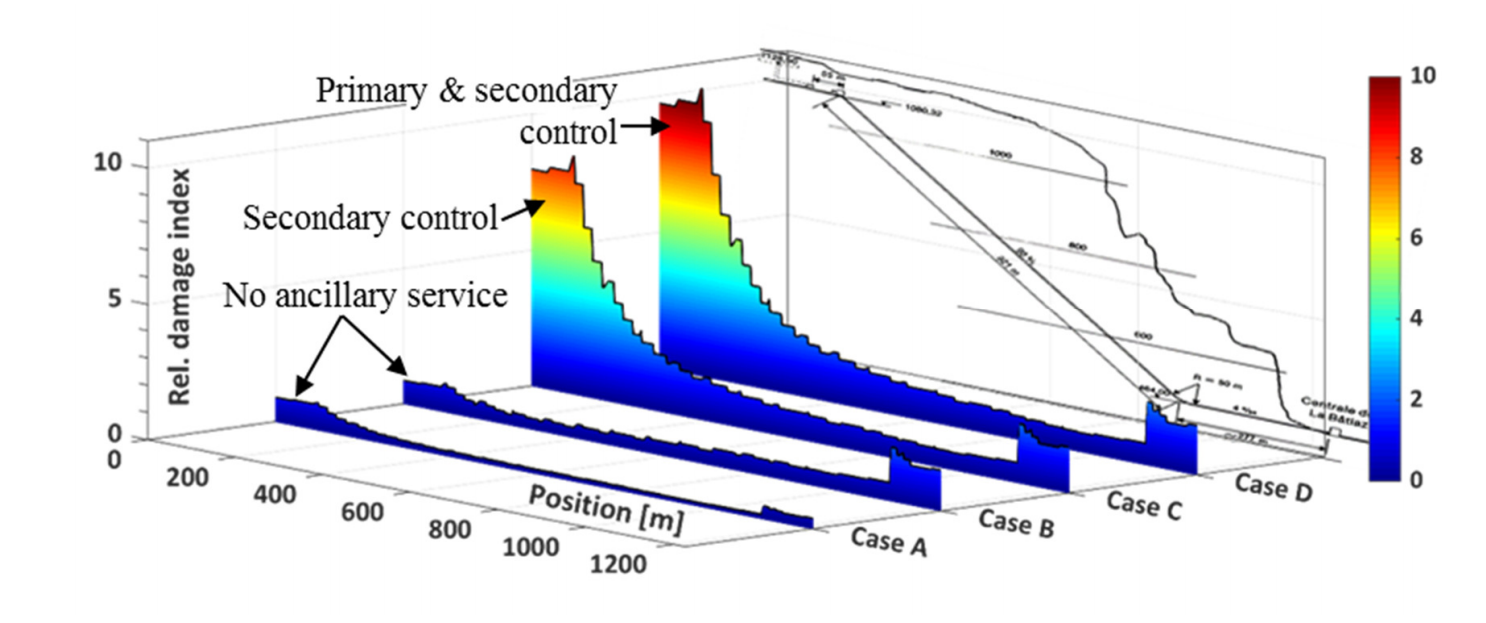
January 2021 - by Dr. Samuel Rey-Mermet, Anthony Gaspoz and Daniel Biner
The electrical market prices fluctuations are driving the ageing rate of hydropower infrastructures. Starts and stops, as well as pressure oscillations, mechanically stress the penstocks and pipelines. In contrast to valves or turbines, penstocks are very difficult and costly to refurbish or replace. Therefore, hydropower infrastructure operators seek to optimize the maintenance to extend the operation life and safety of their infrastructure. In this work, scientists from the HES-SO show how the use of a numerical clone helps to achieve this by assessing the degradation of the penstocks and other components.
#27 Sustainability Assessment of Potential Areas for Deep Geothermal Energy Systems in Switzerland

January 2021 - Dr. Matteo Spada and Dr. Peter Burgherr
Sustainability is a key element for the future energy transition in Switzerland. In this study, scientists from the Paul Scherrer Institute (PSI) assessed the suitability of potential areas for Deep Geothermal Energy (DGE) systems in Switzerland with regard to their sustainability. Results clearly show that DGE is generally sustainable, particularly in the Northeast of Switzerland. However, the decision-makers need to consider the trade-offs between indicators (environmental, economic, social aspects) and stakeholder preferences.
#26 First large scale research laboratory for geoenergies in Switzerland: the Bedretto Underground Laboratory for Geosciences & Geoenergy
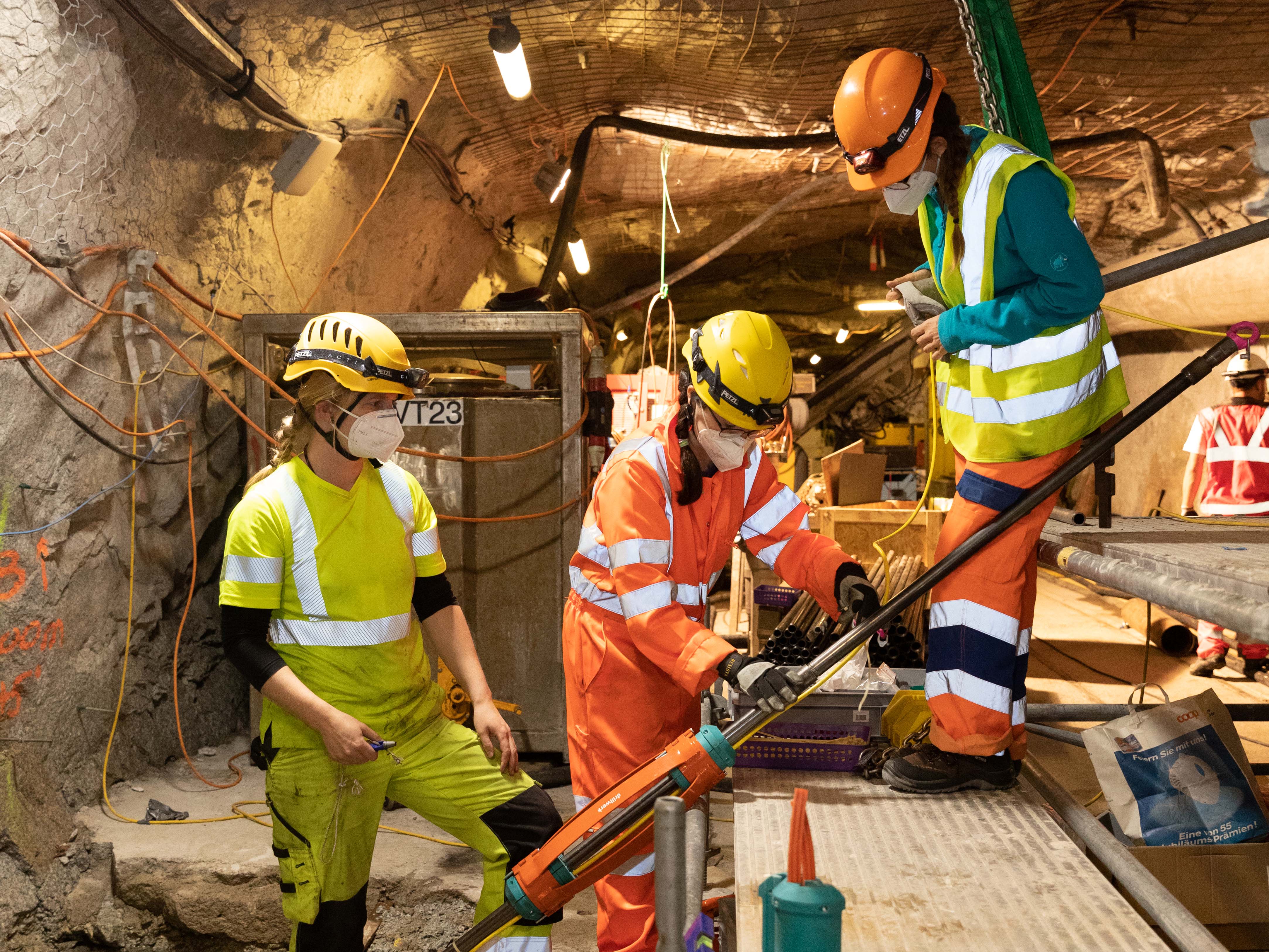
January 2021 - by the Bedretto team
The Swiss Energy Strategy 2050 prioritizes renewable energies, with geothermal energy being among others a very promising resource for electricity and heat production. To this end, ETH Zurich established the "Bedretto Underground Laboratory for Geosciences & Geoenergy" with the support from the Swiss Competence Center for Energy Research (SCCER-SoE) and other partners. The Bedretto Lab is a unique research infrastructure aimed at developing and establishing workflows for a safe, efficient, and sustainable use of geothermal heat. It is located 1500 metres below ground and allows experiments on a larger scale: from formerly tens to now a few hundreds of metres. The Bedretto Reservoir Project is a follow-up of the successful Grimsel In-situ Stimulation and Circulation (ISC) project. It currently is the largest project at the Bedretto Lab.
#25 How to promote public participation in energy projects - a holistic approach
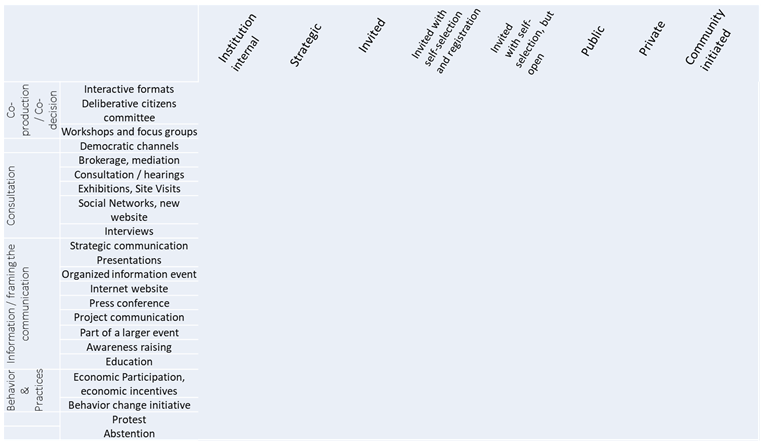
October 2020 - by Franziska Ruef
Public participation is often brought forward as the solution to achieve social acceptance in energy projects. Despite its broad recognition, participation may be defined very differently depending on one’s perspective. This can lead to misunderstandings about the nature and scope of participative approaches, which can delay or even impede energy projects. Based on empirical evidence from the Genevan geothermal programme, we developed a holistic approach to design public participation.
#24 100% renewable – 100% doable
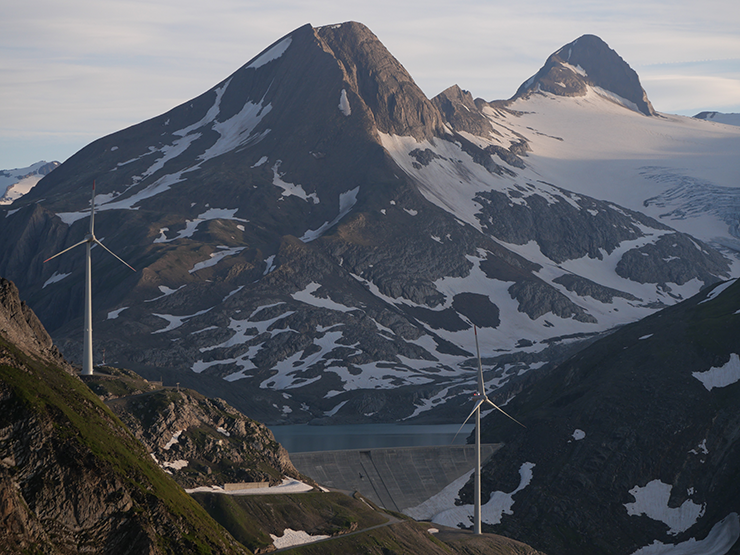
August 2020 - by Dr. Annelen Kahl, Jérôme Dujardin and Prof. Dr. Michael Lehning
The knowledge that wind power is very productive in winter and that photovoltaic (PV) installations can produce more electricity in alpine environments than in the valleys is not completely new. Yet these insights have remained little appreciated or acted upon. But with the energy transition pushing forward into a renewable future, this knowledge is of critical importance. As Switzerland is facing a substantial winter energy deficit with its nuclear power plants going offline, SCCER-SoE modelling results provide vital information as to how smart choices of installation location can help to fill this deficit with solar and wind power from the mountains.
#23 Towards More Flexible Hydropower: Preventing Turbine Instability During Multiple Start/Stop Procedures
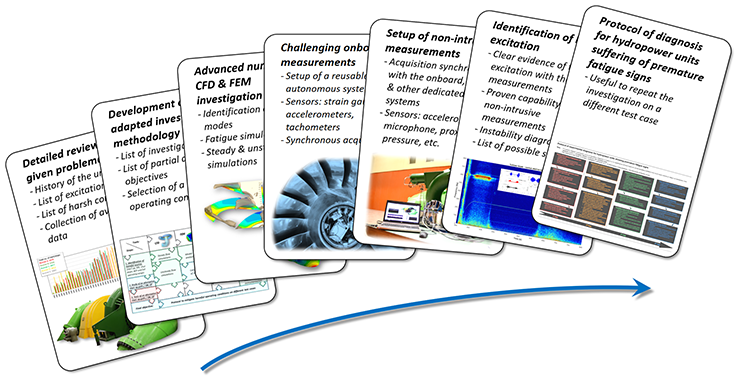
August 2020 - Dr. Vlad Hasmatuchi, Dr. Jean Decaix, Maximilian Titzschkau and Prof. Dr. Cécile Münch-Alligné
This study performed within the FlexStor-WP6 project allowed us to identify the critical operating conditions that had led to the premature fatigue of the turbine runner from Grimsel 2 power plant. We concluded that those conditions had developed due to a drastic increase in the number of daily starts and stops in recent years. In the end, we synthesized our findings in a protocol of experimental diagnosis for hydropower units showing premature fatigue signs. This smart diagnostic tool is also useful for other machines with similar problems.
#22 The price-driven dispatch of hydropower
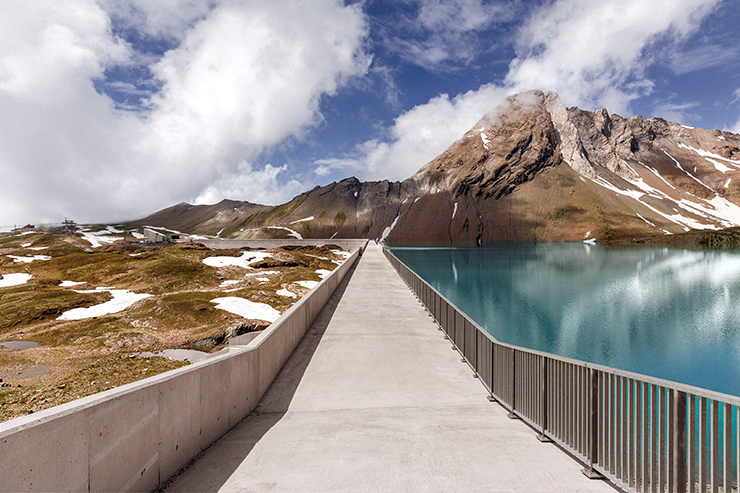
August 2020 - by Dr. Martin Densing
In the wholesale electricity markets, Swiss hydropower is mainly a price-taker. In the last decade, market prices in Switzerland have decreased, which has lead to drops in market revenues. The energy economics group of the Paul Scherrer Institute evaluated the possible prospects of market revenues under future price scenarios to assess the possible profitability ranges of Swiss hydropower.
#21 The GECOS project: reducing subsurface uncertainties by the smart use of field-based integrated geophysical investigations

August 2020 - by Dr. Luca Guglielmetti, Dr. Lorenzo Perozzi and Prof. Dr. Andrea Moscariello
The economics of deep and medium depth geothermal projects rely to a great extent on cost-effective geophysical exploration techniques. How can these be designed and deployed with a fit-for-purpose approach to achieve more effectively a satisfactory image of the subsurface and its uncertainties? These are the questions at the core of the GECOS project.
#20 The HEATSTORE project: assessing the implementation potential of High Temperature Underground Thermal Heat Storage
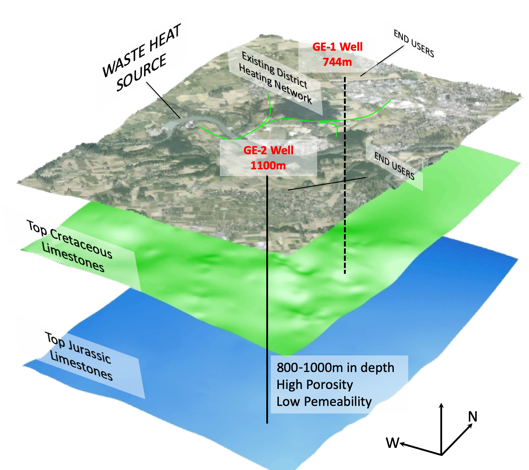
August 2020 - by Dr. Luca Guglielmetti and Prof. Dr. Andrea Moscariello
HEATSTORE aims at developing High Temperature (~25°C to ~90°C) Underground Thermal Energy Storage (HT-UTES) technologies, which are crucial for the energy system transformation to be successful. Storing heat underground will allow to manage variations in heat supply and demand and store energy for future use. In Switzerland, HEATSTORE focuses on two demonstration projects for High Temperature Aquifer Thermal Energy Storage (HT-ATES). Scientists from the Universities of Geneva, Bern, Neuchâtel and the Swiss Federal Institute of Technology in Zurich (ETHZ) are working on this project in collaboration with industrial operators (Services Industriels de Geneva SIG and Energie Wasser Bern EWB) within the framework of the SCCER-SoE to assess the feasibility of HT-ATES systems in Switzerland.
#19 The extension of existing hydropower reservoirs substantially contributes to the Energy Strategy 2050

May 2020 - by Dr. David Felix and Prof. Dr. Robert Boes
With the implementation of the Energy Strategy 2050, the demand for seasonal storage of electricity increases. One option is to extend existing reservoirs of storage hydropower plants by heightening their dams. Researchers from the Laboratory of Hydraulics, Hydrology and Glaciology (VAW) at ETH Zurich evaluated the possibilities and potential benefits of heightening 38 dams in the Swiss Alps. They concluded: If 17 to 26 dams were heightened by up to 20 %, a total of 2.2 to 2.9 TWh of electric energy per year could be additionally shifted from summer to winter. This corresponds to the household electricity consumption of 1.7 to 2.2 million inhabitants during winter.
#18 Scale matters – providing the missing validation of air-water flow research in hydraulic infrastructures
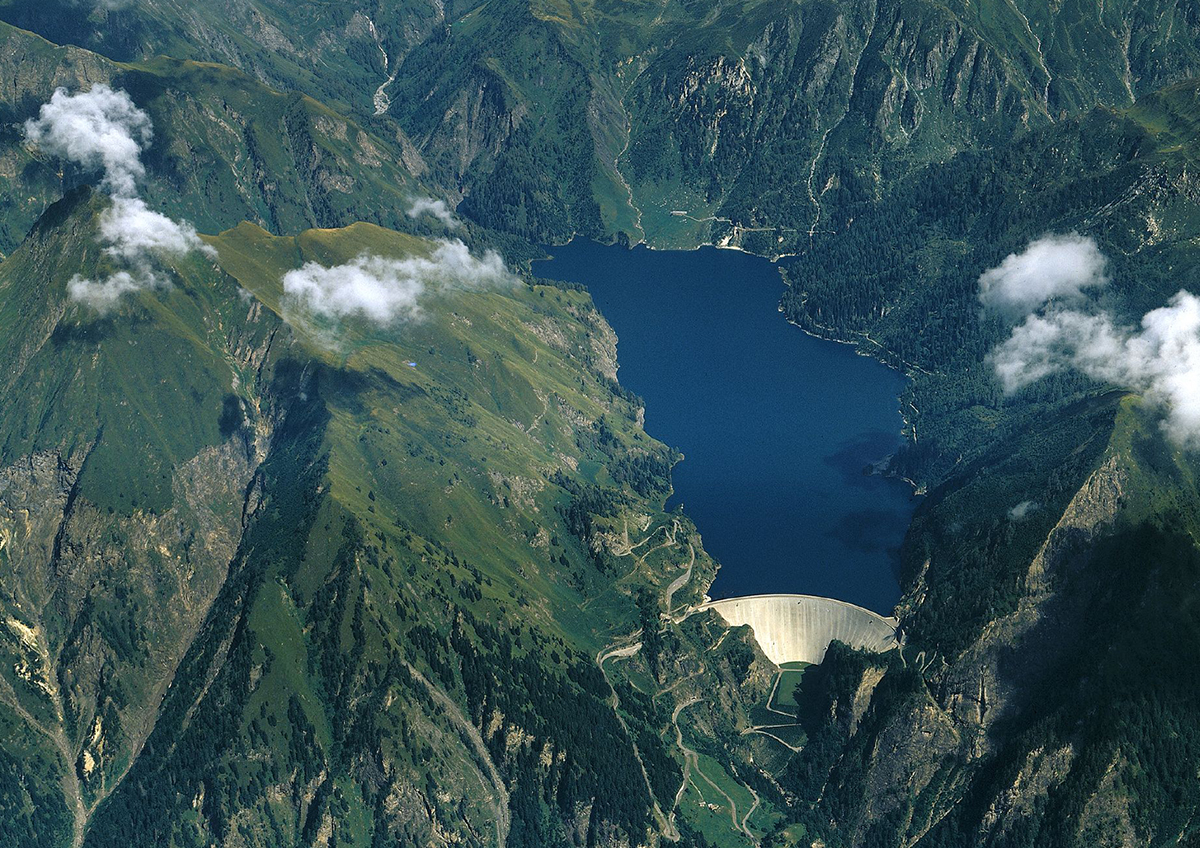
May 2020 - by Dr. Benjamin Hohermuth and Prof. Dr. Robert Boes
High-velocity air-water flows commonly occur in human-made hydraulic infrastructures such as spillways and low-level outlets at reservoir dams. Air entrainment significantly affects the flow properties of the resulting water-air-mixture and must be considered in the design of these safety-relevant structures. However, existing design guidelines primarily take into account physical model tests, which may be subject to scale effects. An SCCER-SoE project at the Laboratory of Hydraulics, Hydrology and Glaciology (VAW) at ETH Zurich aims at providing prototype data necessary to assess the extent of these scale effects.
#17 Helicopter-borne radar survey of Swiss glaciers completed
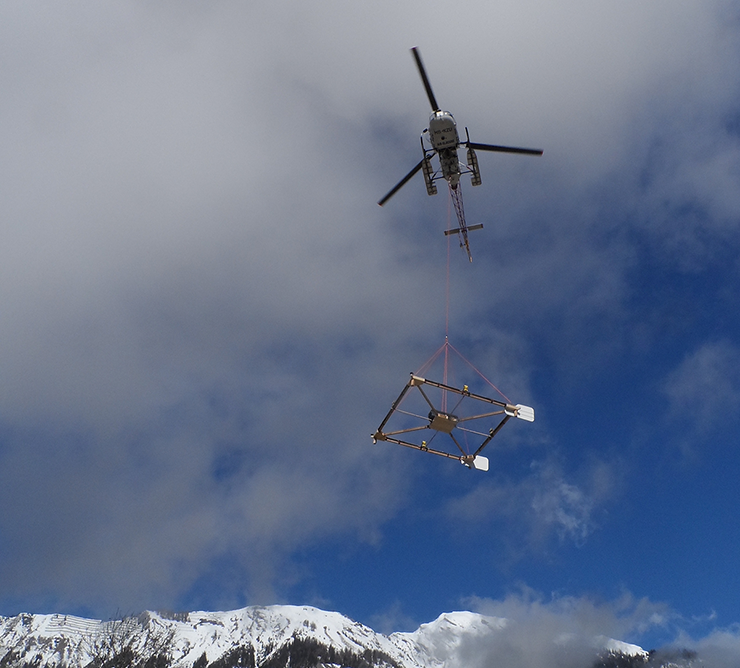
November 2019 - by Lasse Rabenstein, Lino Schmid and Melchior Grab, along with Andreas Bauder, Christoph Bärlocher and Lisbeth Langhammer
The retreating Swiss glaciers present many challenges for hydropower usage: What water reserves are available today and in the future and which glacier beds could serve as sites for new reservoirs after the glacier retreat? The thorough and complete measurement of the glacier volume and the topography of the glacier beds offers answers to these questions.
#16 Modelling the Future: Scenarios for a low-CO2 Swiss Energy System
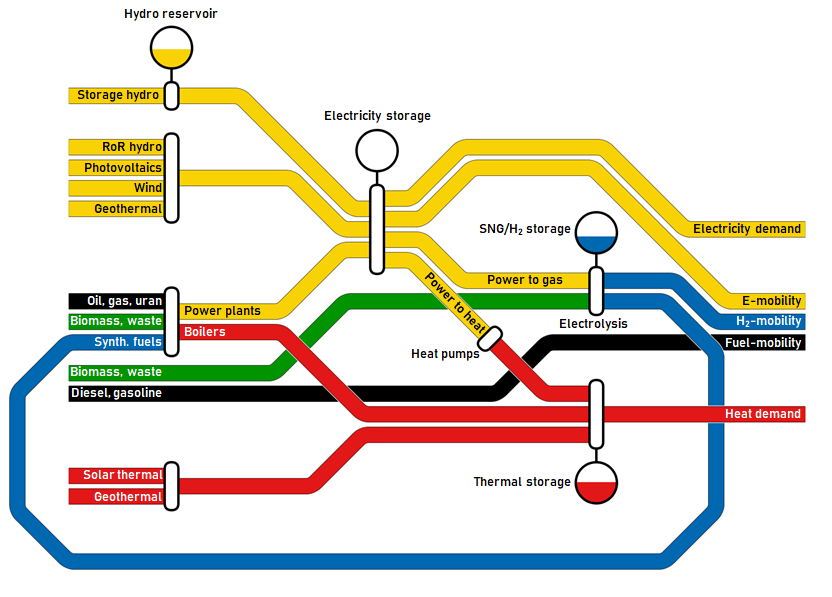
August 2019 - by Rebecca Lordan-Perret, Adriana Marcucci, and Gianfranco Guidati
Nobody can predict exactly how the Swiss energy system will develop in the future, but we can use models and scenarios to suggest policies that will help us reach the goals of the Energy Strategy 2050. In the Joint Activity on Scenarios and Modeling (JASM), we unite a team of modellers to consider how developments in the Swiss economic, social, political, and technological landscapes will likely influence the energy system in the future.
#15 Earthquakes and geothermal energy: lessons from Pohang
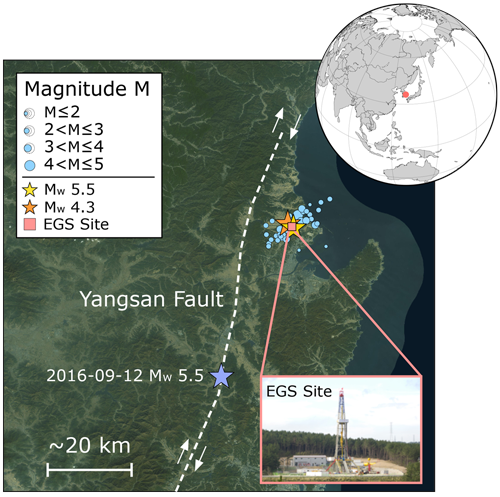
May 2019 - by Michèle Marti and Domenico Giardini
In November 2017, a magnitude 5.5 earthquake shook the South Korean city of Pohang, injuring over 100 people and causing $300 million worth of damage. Just a short time later, suspicion arose that the quake might have been triggered by a nearby geothermal project. This impression was backed up by two scientific studies. As a result, the South Korean government set up an international expert commission, whose members include Domenico Giardini, professor at ETH Zurich and head of the SCCER-SoE. This commission's recently published final report confirms that the geothermal project was indeed the cause of that highly destructive earthquake.
#14 Hydropower and glacier retreat: what is at stake?
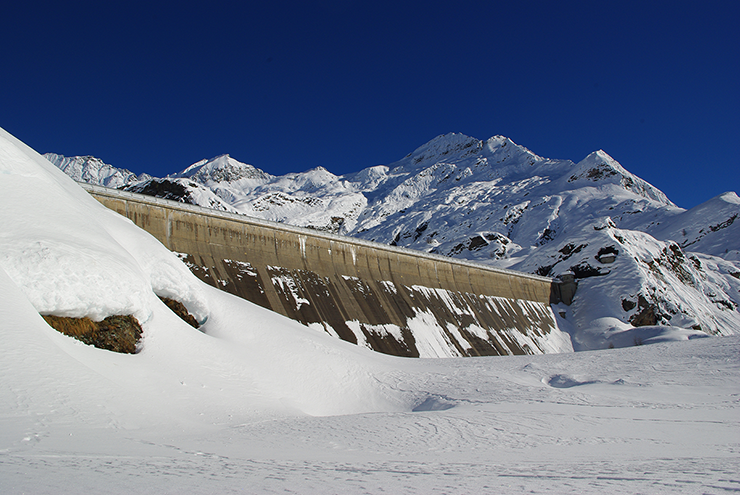
November 2018 - by Bettina Schaefli, Pedro Manso, Matthias Huss, and Daniel Farinotti
Most of Swiss hydropower is produced from rivers fed and thereby influenced by glacier water. These glaciers are continuously losing mass, with the positive effect of ensuring high water yields during hot summer months. But how much of the Swiss hydropower production relies on water released by glacier mass loss, i.e. on water that cannot be replenished by precipitation in the coming decades? A team of SCCER-SoE researchers has answered this question in a recent scientific publication.
#13 Mont Terri Experiment: Studying Caprock and Fault Sealing Integrity
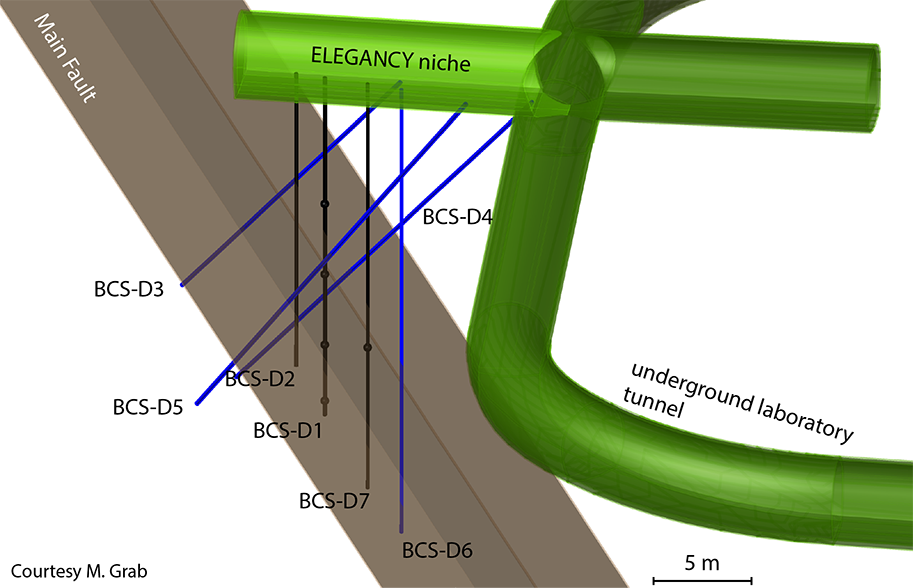
August 2018 - by Alba Zappone, Michèle Marti and the SCCER-SoE team
Storing CO2 underground and thereby reducing emissions above ground is an interesting option. A compelling requirement for its success is to avoid leakage. The CO2 needs to be safely stored for decades. Within ELEGANCY, we will experimentally investigate how well a rock with faults can retain CO2.
#12 Fibre-optic technology encounters 300-million-year-old granite
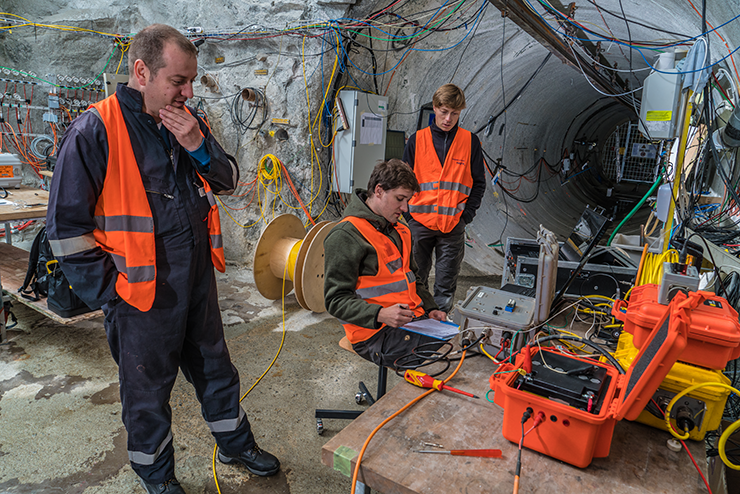
July 2018 - by Benedikt Galliker
Fibre-optic cables are hidden deep inside the granite of the Aar Massif. Just as if they were a huge microphone they record acoustic waves and enable scientists from the ETH Zurich to listen to the mountain. This fibre-optic technology is being tested at Nagra’s Grimsel Test Site to be used later for monitoring deep geothermal projects and other underground projects.
#11 Can renewables fill the power gap?
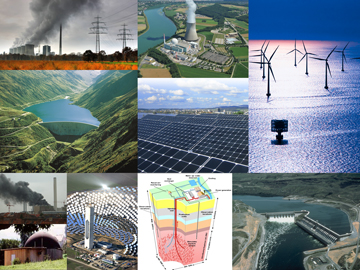
April 2018 - by Christian Bauer
Sooner or later Switzerland must get by without nuclear power plants. This has been determined by the adoption of the Energy Strategy 2050. But how can the power gap be filled? Is there enough space and acceptance for photovoltaic installations and wind turbines in Switzerland, or will we have to import electricity from abroad? How much will the alternatives cost and what effects will they have on the environment? The Paul Scherrer Institute (PSI) has recently attempted to answer these and other questions for the Swiss Federal Office of Energy (SFOE).
#10 New models of Switzerland's subsurface
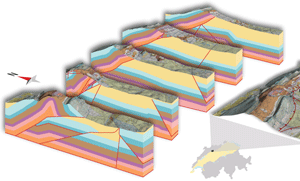
February 2018 - by Thomas Driesner
Most people probably struggle to imagine what Switzerland's subsurface looks like at depths of hundreds or thousands of metres. Yet it contains some key resources. Groundwater, gravel and sand have long been exploited, but deeper underground there is much untapped potential in the form of geothermal heat and porous rock layers. Computer models make the subsurface visible, enabling us to plan uses of geo-energies.
#9 Small hydropower and happy fish?

November 2017 - by Philipp Meier and Katharina Lange
Globally, the construction of small hydropower plants is booming. This fuels further habitat fragmentation and degradation, putting even more pressure on freshwater biodiversity. Biodiversity, especially genetic diversity, is one of our greatest assets to combat impacts from global change, allowing organisms to adapt to altering environmental conditions. Careful planning can support us in finding hydropower sites that offer highest electricity production at the smallest cost for biodiversity.
#8 Weather-sensitive hydropower
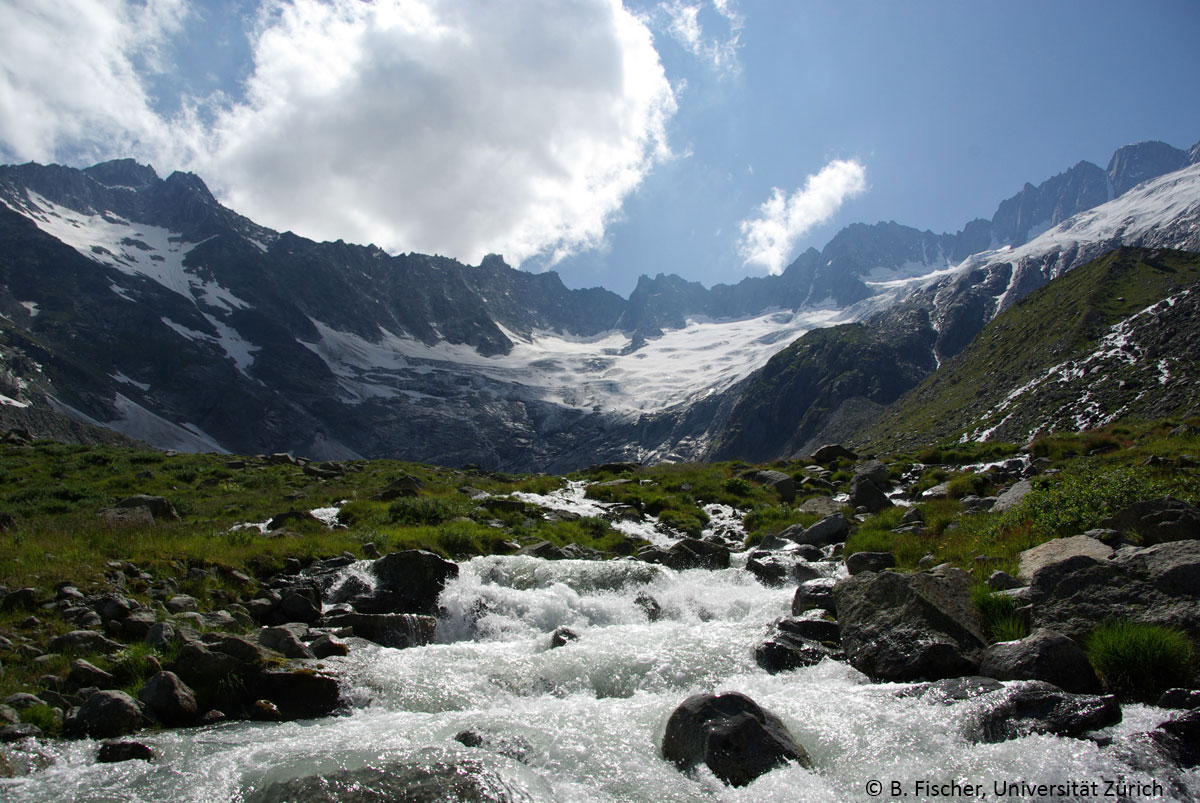
June 2017 - by Manfred Stähli
No year resembles the other regarding electricity production from hydropower. This is principally due to weather conditions, what often is neglected in the discussion about the targets of the future energy production. However, for the domestic electricity supply, these weather caused fluctuations may be a greater challenge than the long-term capacity increase through existing and new hydropower plants – especially in winter.
#7 What future for small hydropower in Switzerland?
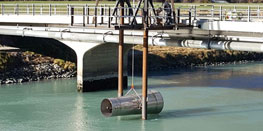
February 2017 - by Cécile Münch-Alligné
Small hydropower provides 5 % of our electricity produced in Switzerland and has great potential to grow. The fact that it had its revival and could advance in the 90s has to be linked to the support measures by the confederation. Nowadays, is this support sufficient to ensure that small hydropower retains its place in our future energy mix? Which role can research play?
#6 Geothermal storage for our cities
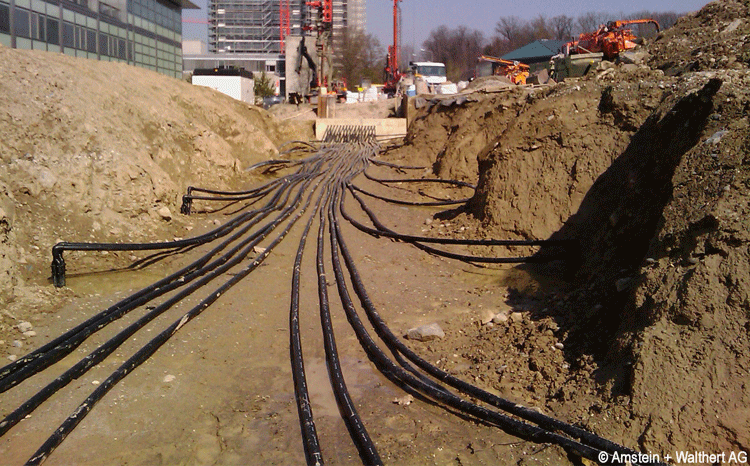
December 2016 - by Ueli Wieland
For thirty years, geothermal probes and heat pumps have provided an effective alternative for heating houses with oil. Switzerland is a frontrunner in this field. I have used a geothermal probe at home for seven years and had nothing but good experiences. Despite their success, the sales of geothermal probes have stagnated for the first time since 2015. This is due to the interference of multiple probes in close proximity. So what now?
#5 How can we deal with sediments to keep hydropower sustainable?
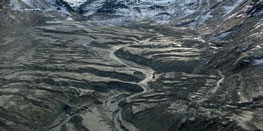
November 2016 - by Robert Boes
Hydropower is the most important source of renewable electric energy worldwide, but it’s not uncommon that it has to face a serious challenge: sediments that get deposited in storage lakes or increase the erosion of hydraulic turbines. Many countermeasures can be taken to minimize these negative effects, but they need to be optimized site-specifically. To keep hydropower plants operational for as long as possible, researchers are developing new methods of monitoring sediments in real time, while also expanding their knowledge on how sediments are transported, deposited, and removed and how machinery is subject to sediment-induced wear.
#4 Geothermal Energy – A Community Effort
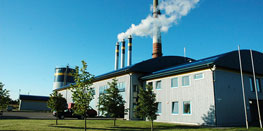
October 2016 - by Michèle Marti and Stefan Wiemer
How to use the Earth’s interior heat in an environmentally friendly, economically successful and sustainable way? Switzerland is considering this question in its Energy Strategy 2050, and it’s far from alone – the wider European community is also making sure geothermal energy is part of the future energy mix. The international project DESTRESS will evaluate methods and feasibility.
#3 Does Switzerland need more dams and reservoirs?
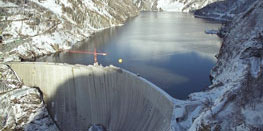
August 2016 - by Anton J. Schleiss
The facilities and production of future hydropower projects must be more flexible in order to successfully face an uncertain market and to increase the security of supply in Switzerland. This can be accomplished by enhancing existing power plants, expanding existing reservoirs by dam heightening, and constructing new pumped storage facilities.
#2 Hydropower in Switzerland – meeting the challenges of the future?

July 2016 - by François Avellan
The collapse of the wholesale electricity market in 2015 is bringing pressure to bear on the economic model of our power stations. This happened at a time when there was never a greater need to exploit and develop the use of our main source of primary energy: hydropower.
#1 It’s time to go geothermal!
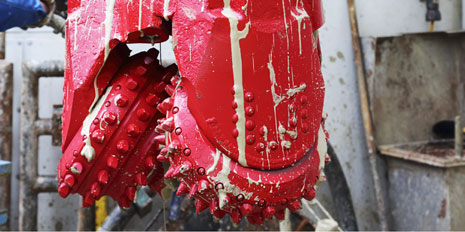
June 2016 - by Domenico Giardini
Swiss authorities and society at large are actively discussing the national future energy strategy. We have still not solved the basic problem: how will we produce the electricity we need in the near future after the decommissioning of our nuclear power plants?
